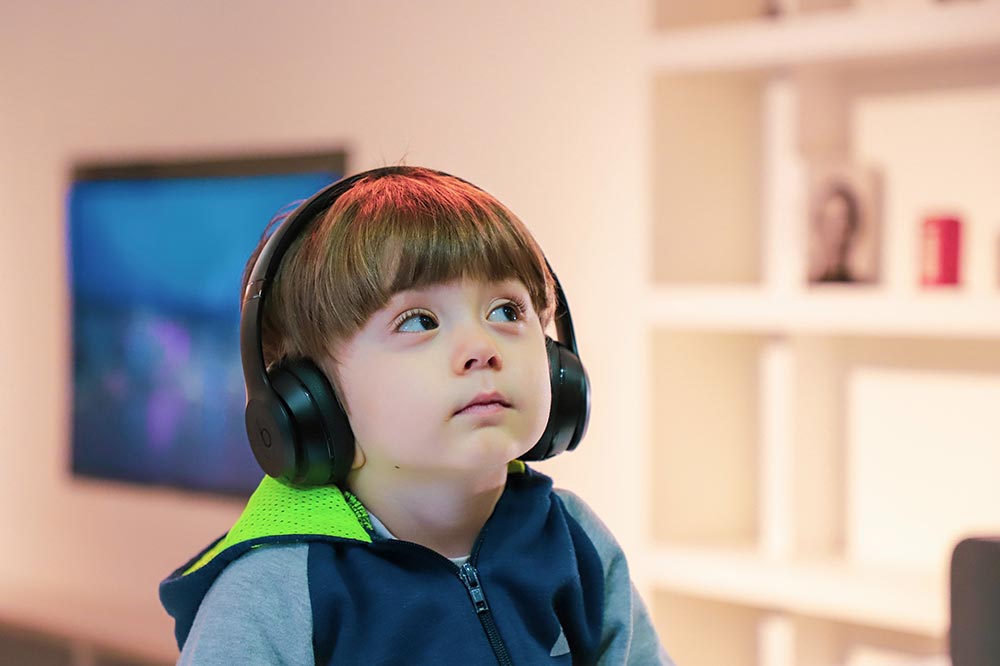Table of Contents
Autism spectrum disorder (ASD) is a broad term that encompasses various developmental disorders, including Asperger’s syndrome and classic autism.
The name “spectrum” reflects the wide range of symptoms, skills, and levels of impairment that children with ASD can have.
There are many different types of autism, but all are characterized by problems with social skills, repetitive behaviors, speech and communication. In fact, there’s no single autism profile: Every individual with autism has a distinct set of strengths and challenges.
Many people with ASD also have unusual ways of learning, paying attention, or reacting to different sensations. The thinking, learning, and problem-solving abilities of people with ASD can range from gifted to severely challenged. Some people with ASD need a lot of help in their daily lives; others need less.
Main Types of Autism Spectrum Disorders
Asperger’s Syndrome
Asperger’s syndrome is a form of autism that is high functioning. Children with Asperger’s typically have average or above-average intelligence and typically have delayed speech development.
Many children with Asperger’s are diagnosed later than children with other forms of autism because they don’t display the same behavioral problems that other children with autism do.
There is no cure for Asperger’s, but medication, therapy and lifestyle changes can help manage symptoms.
Asperger’s syndrome is a form of autism spectrum disorder (ASD) that is characterized by difficulty learning social skills and repetitive behavior patterns. People with Asperger’s typically have average or above-average intelligence and delayed speech development.
The cause of Asperger’s is unknown, but it may be a genetic condition. There is no cure for Asperger’s, but medication, therapy and lifestyle changes can help manage symptoms. The prognosis varies based on the severity of the symptoms.
Rett Syndrome
Rett syndrome is a rare genetic postnatal neurological disorder that occurs almost exclusively in females and leads to severe impairments, affecting nearly every aspect of the child’s life: their ability to speak, walk, eat, and even breathe easily. Rett syndrome is caused by mutations on the X chromosome on a gene called MECP2. Most cases of Rett syndrome are not inherited; they are caused by a new mutation (gene change) in the girl’s egg or sperm cell.
Rett syndrome usually becomes apparent after 6-18 months of age. In early childhood, girls with Rett syndrome generally develop normally for about six months. However, then they stop developing new skills or lose skills they already have (such as purposeful hand movements). As a result, girls with Rett syndrome lose previously acquired hand skills and develop problems with walking and crawling.
Childhood Disintegrative Disorder (CDD)
Childhood Disintegrative Disorder (CDD) is a rare neurological disorder that affects children of all ethnic, religious and socioeconomic groups. CDD is diagnosed when a previously healthy child loses the ability to socially interact and/or physically develop. The onset of symptoms ranges from 6 months to 4 years of age. Early warning signs include changes in sleep patterns, eating habits and loss of motor skills.
In most cases, the progression of CDD ultimately leads to the loss of language and cognitive development, leaving patients unable to dress or feed themselves. They also lose the ability to walk and eventually, the ability to sit upright unassisted.
The most striking characteristic of CDD is its unpredictability: No two cases are exactly alike, as different patients show different symptoms at different rates. Some patients show rapid progression; others remain relatively stable for an extended period before experiencing a sharp decline in health.
Kanner’s Syndrome
Pervasive Developmental Disorder
Pervasive Developmental Disorder (PDD) is the term used to describe a group of disorders that affect the normal functioning of the brain and cause a person to have trouble with communication, social interaction, and leisure or play activities. It is also known as Autism Spectrum Disorder (ASD).
The disorders that fall under PDD/ASD include:
- Autistic disorder
- Asperger syndrome
- Rett syndrome
- Childhood disintegrative disorder
- Pervasive developmental disorder not otherwise specified (PDD-NOS)
Managing the Different Types of Autism
Autism spectrum disorder is an increasingly common diagnosis for children and adolescents. There are currently three different types of autism, each with unique symptoms, challenges, and treatment options.
Autism is a neurodevelopmental disorder characterized by impaired communication skills, repetitive behaviors, and social withdrawal.

